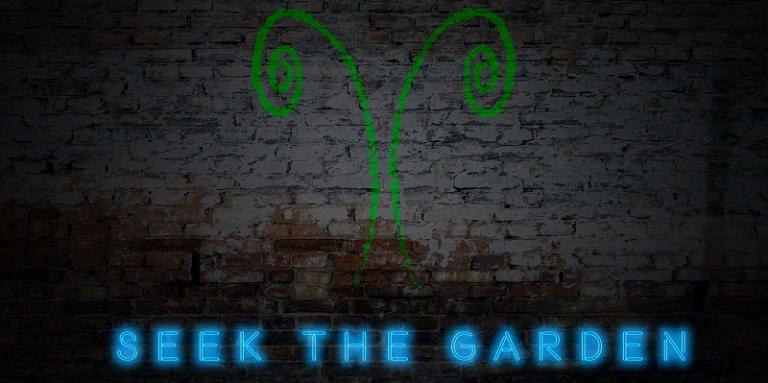
Commonwealth: A Novel of Utopia, part 2, chapter 3
Author’s Note: This is an excerpt from my novel Commonwealth. The rest of today’s installment is free, but only on my Patreon site. If you want to read the next part today, it’s already up on Patreon as well. You can sign up for as little as $1/month, or $2 for exclusive author’s notes and behind-the-scenes material. There’s also a table of contents for all published chapters.
Rae’s first choice would have been to work for a co-op that maintained the Pacific Republic’s maglev trains, but Jane pointed out that the technology they used was far in advance of what she had experience with, and it would require months of training before she would be able to take up the duties of the job.
“Besides, there’s no reason you have to do the same thing you did before you came here. This is an opportunity to set your life on a new course. You should explore your options before committing to anything.”
Rae agreed that was a good idea, so at Jane’s suggestion, they took a train southeast to the Willamette Valley.
“This is one of our agricultural co-ops,” Jane said as they were whisked along. “We have many, ranging from some scarcely bigger than Miranda’s kitchen garden, to large farms that feed tens of thousands of people.”
When they stepped off the platform, they were greeted by a pastoral vision. The peaks of the Cascade Range rose in the east, cloaked in woodlands dusted gold with autumn. In every other direction, the land was open and flat, a plain of rich alluvial soil laid down by the Willamette River. Everywhere they looked, crops were growing: dense fields of wheat whose golden stalks shimmered in waves with the breeze, or orchards where apples and pears peeked through rustling leaves, or vineyards where fat purple grapes dangled in thickly clustered bunches from wood-and-wire trellises.
A swath of land was reserved for Native American three-sisters gardens: straight-backed stalks of red, yellow and blue corn that supported climbing bean vines, with colorful pumpkins and gourds growing at the base. Other areas were fenced pastures, where cows, goats and sheep grazed peacefully on sweet clover and flocks of chickens and turkeys scratched in the shade of hazel trees laden with ripe hazelnuts.
People in simple brown and green clothes moved through the plants, wielding hoes, rakes and scythes, pulling weeds and picking fruit. They were of all ages, from children who raced up and down the rows and shouted with glee while they helped their parents fill baskets, to senior citizens who joined in the harvest with tireless energy and vigor. Workers emerged from the fields carrying sheaves of wheat, bunches of grapes and raspberries, bushel baskets overflowing with red and green apples, and wheelbarrows laden with ears of corn and plump butternut and kabocha squash.
It was a scene that could have come out of a centuries-old painting – a strange contrast, Rae thought, with the futuristic railway and the train that had brought them there on a cloud of magnetic force.